国际空间站英语PPT
- 格式:ppt
- 大小:2.30 MB
- 文档页数:10


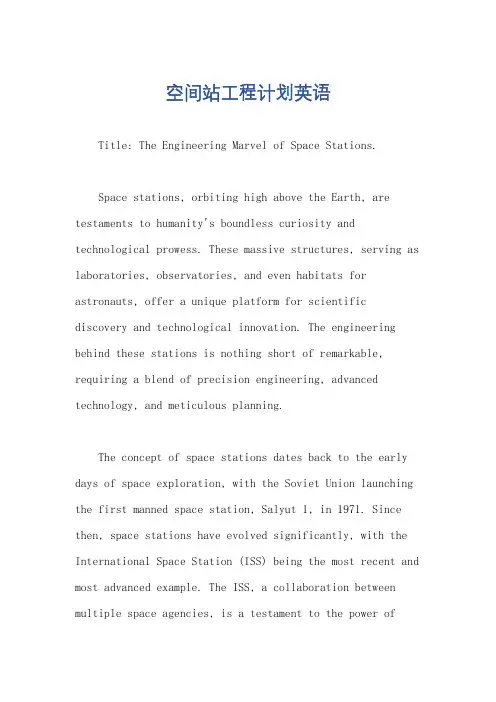
空间站工程计划英语Title: The Engineering Marvel of Space Stations.Space stations, orbiting high above the Earth, are testaments to humanity's boundless curiosity and technological prowess. These massive structures, serving as laboratories, observatories, and even habitats for astronauts, offer a unique platform for scientific discovery and technological innovation. The engineering behind these stations is nothing short of remarkable, requiring a blend of precision engineering, advanced technology, and meticulous planning.The concept of space stations dates back to the early days of space exploration, with the Soviet Union launching the first manned space station, Salyut 1, in 1971. Since then, space stations have evolved significantly, with the International Space Station (ISS) being the most recent and most advanced example. The ISS, a collaboration between multiple space agencies, is a testament to the power ofinternational cooperation in space exploration.The engineering challenges in building a space station are immense. Firstly, the structure must be designed to withstand the rigors of launch, orbit, and re-entry. This requires a deep understanding of materials science, as the materials used in the station's construction must be lightweight, strong, and able to withstand the extreme temperatures and pressures encountered during these processes.Moreover, space stations must be highly modular and adaptable. They are not static structures but are constantly being modified and upgraded as new technologies and equipment are added. This modular design allows for easy assembly and disassembly, as well as for the replacement of components as needed.Another crucial aspect of space station engineering is life support systems. These systems provide oxygen, water, food, and waste disposal for the astronauts living and working on the station. The design of these systems musttake into account the limited resources available in space, making them as efficient and sustainable as possible.In addition to these engineering challenges, space stations also require advanced propulsion systems to maintain their orbit and perform maneuvers. These systems must be highly reliable, as any malfunction could have catastrophic consequences.The ISS, in particular, is a remarkable feat of engineering. Its design, which includes modules from multiple space agencies, is a testament to the power of international collaboration. The station's life support systems, propulsion systems, and modular design are all state-of-the-art, providing a safe and productive environment for astronauts.The future of space stations is bright. With the continued development of new technologies and materials, we can expect even more advanced space stations in the future. These stations will not only serve as platforms for scientific discovery but also as testbeds for newtechnologies that could revolutionize space exploration and human settlement in space.In conclusion, space stations are remarkable engineering achievements that offer a unique platform for scientific discovery and technological innovation. The engineering behind these stations is a blend of precision engineering, advanced technology, and meticulous planning. As we look to the future of space exploration, it is clear that space stations will continue to play a crucial role in our understanding of the universe and in the realization of our dreams of exploring the final frontier.。
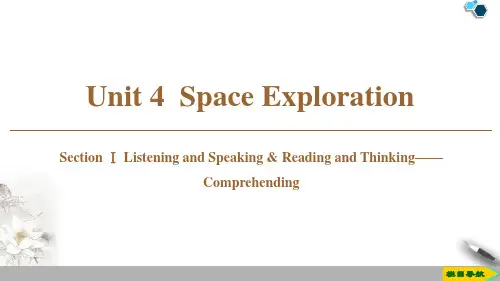
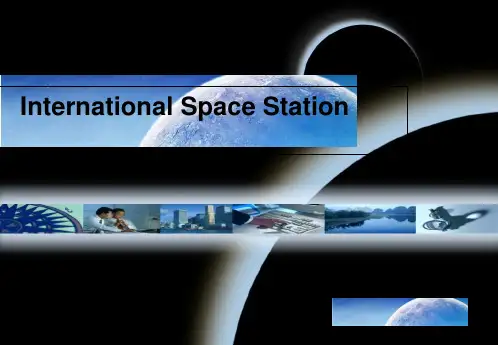
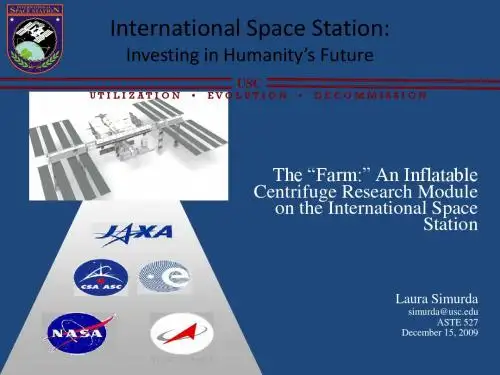

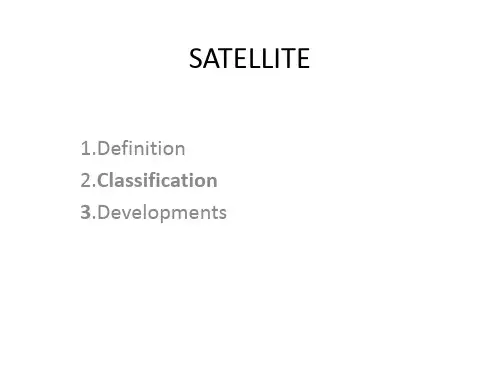
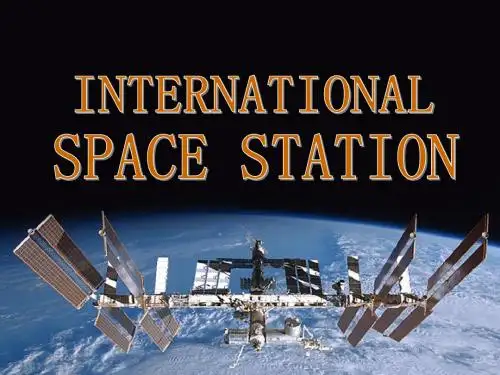
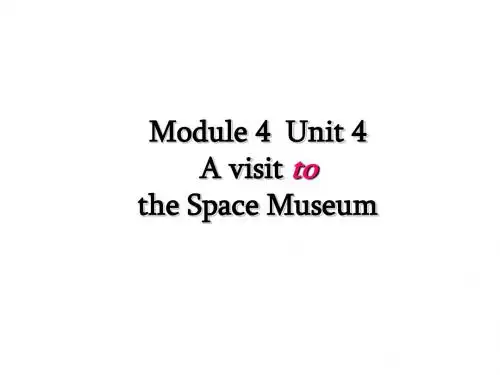

国际空间站介绍英文作文The International Space Station (ISS) is a large spacecraft that orbits Earth. It serves as a home where astronauts live and work while conducting research and experiments in space.The ISS travels at an average speed of 28,000kilometers per hour, orbiting Earth approximately every 90 minutes. This means that the astronauts on board experience 16 sunrises and sunsets each day.The space station is a joint project involving space agencies from multiple countries, including NASA, Roscosmos, ESA, JAXA, and CSA. It serves as a symbol of international cooperation in space exploration.The ISS is equipped with a variety of scientific laboratories, where astronauts conduct experiments infields such as biology, physics, astronomy, and meteorology. The results of these experiments provide valuable insightsinto the effects of long-term space travel on the human body and other living organisms.In addition to scientific research, the ISS also serves as a platform for testing new technologies and systems that will be used in future space missions, including those aimed at exploring Mars and other celestial bodies.The space station is powered by solar panels, which convert sunlight into electricity to provide energy for its systems and equipment. This sustainable energy source allows the ISS to operate in the harsh environment of space for extended periods of time.Living in space presents unique challenges, such as the absence of gravity and the need for a closed-loop life support system. Astronauts on the ISS must exercise regularly to maintain their physical health and undergo rigorous training to prepare for emergencies.The ISS has been continuously occupied since November 2000, with astronauts from various countries living andworking on board. This long-term human presence in space has contributed to our understanding of how humans can adapt to living in a microgravity environment.The space station serves as a symbol of humanity's ability to overcome the challenges of space exploration through collaboration and innovation. It represents a stepping stone towards future missions to the Moon, Mars, and beyond.。
太空站英语单词English:A space station, also known as an orbital station or an orbital space station, is a spacecraft capable of supporting a human crew in orbit for an extended period of time. Space stations serve several purposes, including scientific research, international cooperation, and testing technologies for long-duration spaceflight. These facilities typically include living quarters, laboratories, air and water recycling systems, communication equipment, and docking ports for spacecraft. The International Space Station (ISS) is the largest and most well-known space station currently in operation, jointly operated by NASA, Roscosmos, ESA, JAXA, and CSA. It serves as a platform for scientific research across various fields such as astronomy, biology, physics, and materials science. Additionally, space stations serve as a crucial step towards future exploration missions to the Moon, Mars, and beyond, providing valuable insights into the effects of long-duration space travel on the human body and testing technologies necessary for sustainable life support in space environments.中文翻译:太空站,又称轨道站或轨道太空站,是一种能够支持人类在轨道上长时间飞行的航天器。
国际空间站建造流程英文英语International Space Station Assembly Sequence.The International Space Station (ISS) is a modular space station in low Earth orbit. It is a joint project of five participating space agencies: NASA (United States), Roscosmos (Russia), JAXA (Japan), ESA (Europe), and CSA (Canada). The ISS serves as a space research laboratory, an Earth observation platform, and a technology testbed for future space exploration missions.The ISS was assembled in orbit over a period of more than 20 years, beginning in 1998. The first module, Zarya, was launched by a Russian Proton rocket. The second module, Unity, was launched by the Space Shuttle Endeavour. These two modules formed the core of the ISS, and they were gradually expanded over the years with the addition of new modules and components.The ISS is currently made up of 16 modules, includingthe Russian Zvezda service module, the US Destiny laboratory module, the Japanese Kibo laboratory module, the European Columbus laboratory module, and the Canadian Canadarm2 robotic arm. The ISS also has several docking ports, which allow visiting spacecraft to dock with the station.The ISS is a complex and sophisticated spacecraft, and its assembly was a major undertaking. It required the cooperation of multiple space agencies, and it involved the launch of dozens of rockets and space shuttles. The ISS is a testament to the ingenuity and perseverance of the human race, and it is a valuable asset for space research and exploration.Detailed Assembly Sequence.The ISS was assembled in a series of phases, each of which involved the launch of a new module or component. The first phase of assembly began in 1998 with the launch of the Zarya module. The second phase began in 2000 with the launch of the Unity module. The third phase began in 2001with the launch of the Destiny laboratory module. The fourth phase began in 2008 with the launch of the Kibo laboratory module. The fifth phase began in 2010 with the launch of the Columbus laboratory module. The sixth and final phase of assembly began in 2016 with the launch of the Bigelow Expandable Activity Module (BEAM).The ISS is constantly being upgraded and expanded, and new modules and components are being added all the time. The ISS is expected to remain in operation until at least 2030, and it may even be extended beyond that date.Challenges of Assembly.The assembly of the ISS was a complex and challenging undertaking. One of the biggest challenges was the need to coordinate the efforts of multiple space agencies. Each space agency had its own plans and priorities, and it was sometimes difficult to get everyone to agree on a common course of action.Another challenge was the need to assemble the ISS inorbit. This meant that all of the modules and components had to be launched into space and then docked together in orbit. This was a difficult and dangerous operation, and it required a great deal of precision.Despite the challenges, the ISS was successfully assembled and it is now a valuable asset for space research and exploration. The ISS is a testament to the ingenuity and perseverance of the human race, and it is a symbol of international cooperation.。